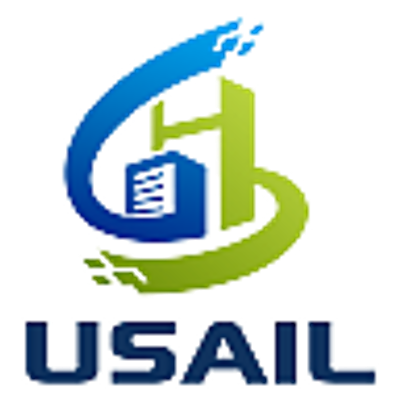On Realization of Intelligent Decision-Making in the Real World: A Foundation Decision Model Perspective
The pervasive uncertainty and dynamic nature of real-world environments present significant challenges for the widespread implementation of machine-driven Intelligent Decision-Making (IDM) systems. Consequently, IDM should possess the ability to continuously acquire new skills and effectively generalize across a broad range of applications. The advancement of Artificial General Intelligence (AGI) that transcends task and application boundaries is critical for enhancing IDM. Recent studies have extensively investigated the Transformer neural architecture as a foundational model for various tasks, including computer vision, natural language processing, and reinforcement learning. We propose that a Foundation Decision Model (FDM) can be developed by formulating diverse decision-making tasks as sequence decoding tasks using the Transformer architecture, offering a promising solution for expanding IDM applications in complex real-world situations. In this paper, we discuss the efficiency and generalization improvements offered by a foundation decision model for IDM and explore its potential applications in multi-agent game AI, production scheduling, and robotics tasks. Lastly, we present a case study demonstrating our FDM implementation, DigitalBrain (DB1) with 1.3 billion parameters, achieving human-level performance in 870 tasks, such as text generation, image captioning, video game playing, robotic control, and traveling salesman problems. As a foundation decision model, DB1 represents an initial step toward more autonomous and efficient real-world IDM applications.



